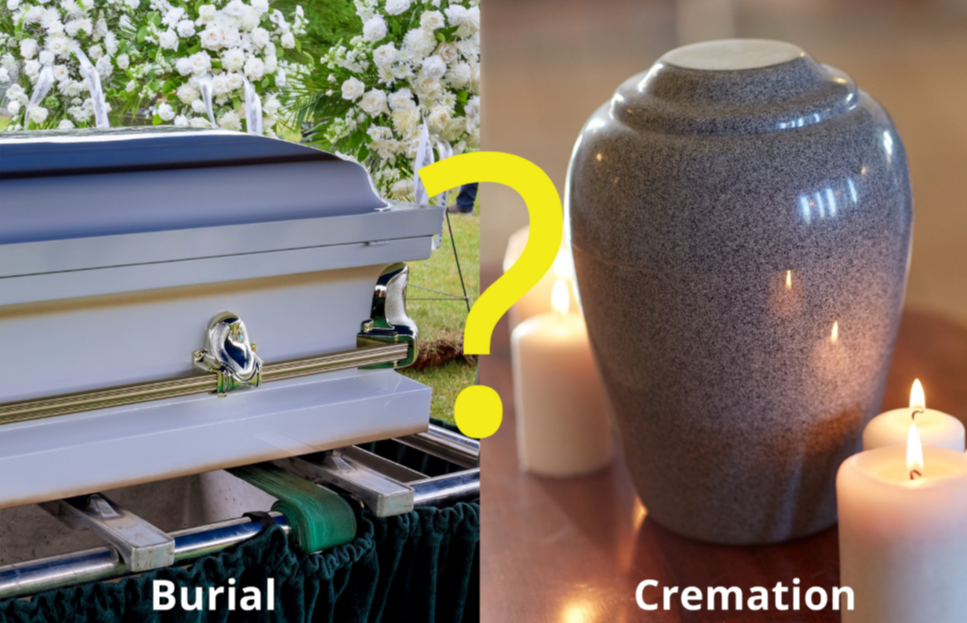Resource Library

Memorials That Tell a Story Selecting a headstone or monument is a deeply personal decision that creates a lasting tribute for generations. These memorials mark a final resting place, honor a life lived, and reflect cultural traditions, personal values, and family preferences. Exploring Options and Materials Headstones are upright markers, while flat markers and bevel or slant designs offer lower profiles. Larger monuments and family estates provide space for multiple names and decorative elements. Material choices include granite for durability , bronze for timeless elegance, and marble for historic beauty, though less common today. Personalization options range from inscriptions and epitaphs to religious symbols, nature imagery, and even laser-etched portraits or custom shapes. Practical Details That Matter Families must consider cemetery regulations, installation timelines, and seasonal restrictions. Costs vary widely-from $800 for flat markers to $50,000+ for elaborate monuments -plus fees for foundations and custom designs. Cultural and religious traditions influence design choices, while maintenance ensures longevity. Ultimately, the goal is a memorial that authentically reflects the individual and provides a meaningful place for remembrance.

Making Sense of Burial and Cremation Choices Deciding between burial and cremation is deeply personal, shaped by beliefs, finances, and family traditions. Burial offers a permanent resting place and aligns with many religious customs, while cremation provides flexibility, portability, and often lower costs. Both options can honor a loved one with dignity. Comparing Costs, Traditions, and Environmental Impact Burial typically involves caskets, vaults, cemetery plots, and embalming, making it the more expensive choice. It offers familiarity and a physical memorial but requires ongoing upkeep. Cremation is generally more affordable and allows creative memorialization-from scattering ashes to keepsake urns-though some faiths discourage it. Families should also weigh environmental concerns, as green burial and water cremation are emerging alternatives. Planning Ahead for Peace of Mind Religious and cultural practices strongly influence these decisions, so consulting spiritual leaders and funeral professionals is essential. Pre-planning can ease emotional and financial stress, ensuring wishes are honored. Ultimately, the best choice is the one that reflects your loved one’s values and provides comfort for those left behind.

Key Financial Benefits The VA offers several burial allowances to help families with funeral costs. For veterans who pass away after October 1, 2024, the VA provides $978 for burial and $978 for plot allowance , with up to $2,000 available for service-connected deaths. These amounts are adjusted annually to keep pace with inflation, ensuring families receive meaningful financial support during a difficult time. Eligibility Extends to Families Eligible veterans, their spouses, and dependent children can be buried in a VA national cemetery at no cost , which includes the gravesite, opening and closing of the grave, perpetual care, a government headstone or marker, a burial flag, and a Presidential Memorial Certificate. Cremated remains receive the same honors as casketed burials. Families can also apply for pre-need eligibility to confirm burial approval before the time of need, easing future stress. Honors, Headstones & Additional Support All eligible veterans receive a burial flag and may receive military honors . The VA provides headstones, markers, and medallions at no cost, even for private cemeteries. Transportation reimbursement may apply when burial is in a national cemetery, and families of service-connected deaths face no filing deadlines , ensuring access to full benefits. State veterans cemeteries and Arlington National Cemetery offer additional options, each with unique eligibility requirements.

